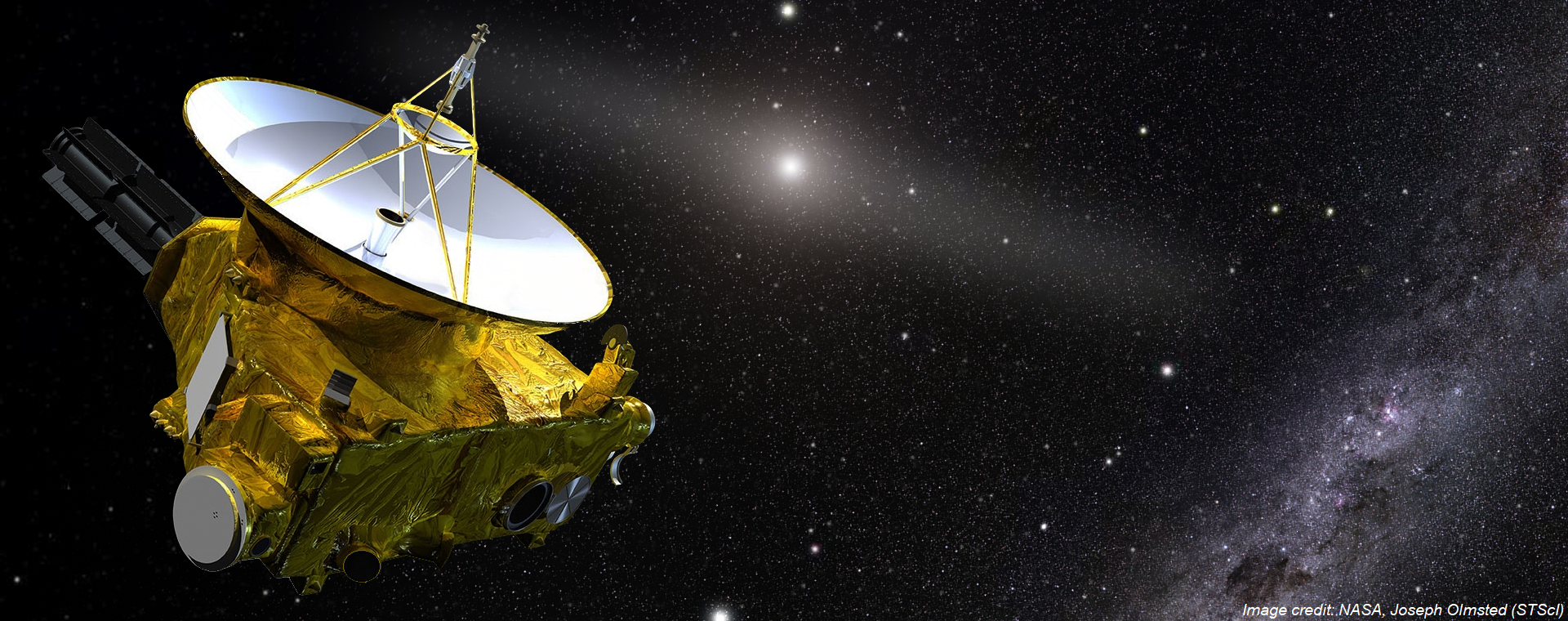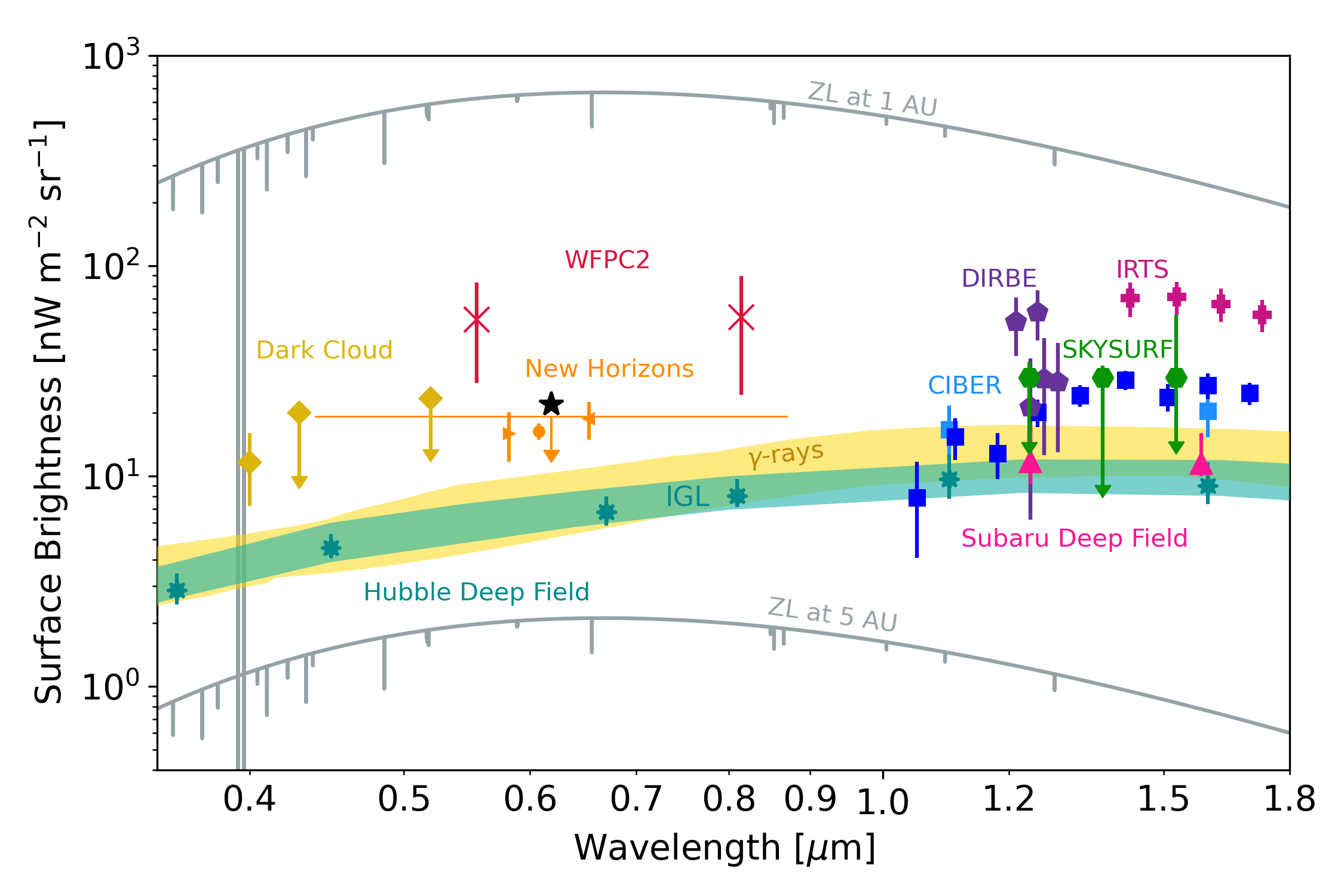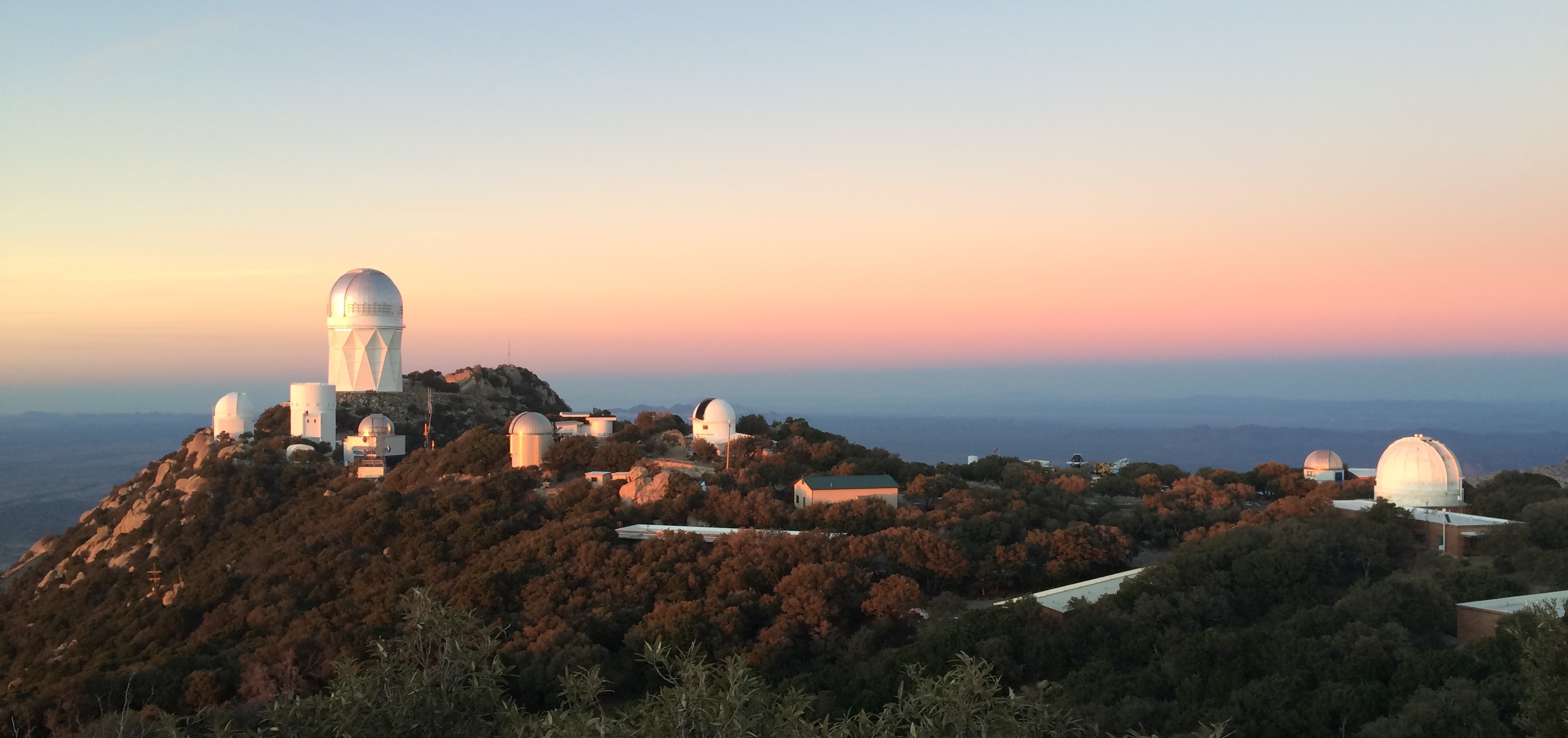About Me

I'm an assistant staff scientist within IPAC at the California Institute of Technology.
Previously, I was a postdoctoral research associate in the Department of Physics and Astronomy at the University of California, Irvine.
I received my PhD in Astrophysical Sciences and Technology from the Rochester Institute of Technology, my MS in Computational Physics and Astronomy from the University of Kansas, and my BS in Space Physics
from Embry-Riddle Aeronautical University.
I work on the source detection and photometry systems for the upcoming NEO Surveyor mission. My research interests are in observational cosmology and I study diffuse cosmological backgrounds.
See Research for more information. I'm also very passionate about education and outreach.
See Outreach to learn more, or my CV to learn a whole lot more.
Click the icons below to visit my other places and spaces on the web and see more of my work. Looking to get in touch?
Email me.
Research

Cosmic Optical Background Estimation
I recently used archival data from the Long-Range Reconnaissance Imager (LORRI) on New Horizons to measure optical-wavelength extragalactic background light,
also called the cosmic optical background (COB). This extremely faint, diffuse background contains the record of all galaxy formation and evolution throughout cosmic time.
It provides a point of comparison to the expected emission from known galaxy populations, or the integrated galactic light (IGL).
The COB is exceedingly difficult to measure from Earth due to the Zodiacal Light (ZL), which is reflected from dust in the Solar System and 100 times brighter than the expected background level.
The location of New Horizons in the outer Solar System provides a unique opportunity to measure the COB where the ZL is negligible.
Due to the difficulty of subtracting the ZL and other bright astrophysical foregrounds, the many measurements of the COB made over the past several decades are highly conflicting.
However, these robust measurements indicate the presence of an excess diffuse component of emission beyond the expectation of the IGL, shown below.
My measurement confirms this excess, for which there is currently no known source or explanation. See my recent paper for more information on how I made my measurement, what it means, and where we can go from here.

This figure gives a comparison of my recent measurement (black star) to select previous measurements or constraints on the COB compared to the IGL. COB measurements include those made with the WFPC2 instrument on the Hubble Space Telescope (red crosses), the dark cloud method (gold diamonds), LORRI on New Horizons (orange upper limit, triangles, and circle -- horizontal error bar indicates wavelength range of LORRI), SKYSURF, which is an archival Hubble Space Telescope measurement (green hexagons), CIBER (light and dark blue squares), a combination of DIRBE and 2MASS data (purple pentagons), and IRTS (magenta pluses).
The yellow region gives constraints on the COB from gamma-ray observations, and the teal region gives the upper limit on the IGL from galaxy counts based on observations from the Hubble Deep Field (teal asterisks) and Subaru Deep Field (pink triangles).
The intensity of the ZL at 1 and 5 AU is shown with gray lines to highlight how challenging it is to accurately measure the COB from Earth.
Undersampled PSF Reconstruction
Some of my previous work includes point spread function (PSF) reconstruction in severely undersampled images. I developed an algorithm for efficient recovery of the PSF in single exposures using point source stacking and deconvolution.
In any given image, each point source is sampled slightly differently by the underlying pixelization of the detector. When the image resolution is increased over the native resolution, this allows sub-pixel information to be used to reconstruct a higher-resolution PSF.
For the example case of the upcoming NASA mission SPHEREx (Spectro-Photometer for the History of the universe, Epoch of Reionization, and ices Explorer), the PSF is significantly undersampled by design and must be reconstructed to achieve accurate photometry.
This also requires a deconvolution step to remove the effects of the detector pixelization from the PSF generated by stacking point sources while minimizing error due to numerical instability. This method is robust to noisy images and crowded fields, requiring relatively few point sources upon which to build a stack.
See my paper for more details.
Outreach

I'm an American Astronomical Society Astronomy Ambassador with a passion for STEM education and public outreach.
I have been involved in outreach activities throughout my academic career and have experience working with adults and children of all ages putting on demonstrations, teaching classes and workshops, facilitating night observing programs, and more.
My experience as an educator began at Astrocamp, a non-profit provider of STEM and outdoor education programs for school groups.
There, I received training in hands-on, highly adaptive experiential learning practices and the Next Generation Science Standards. I have carried this experience with me as a teacher of science museum workshops and facilitator of university outreach programs.
See my CV for more on my outreach and educational activities.


